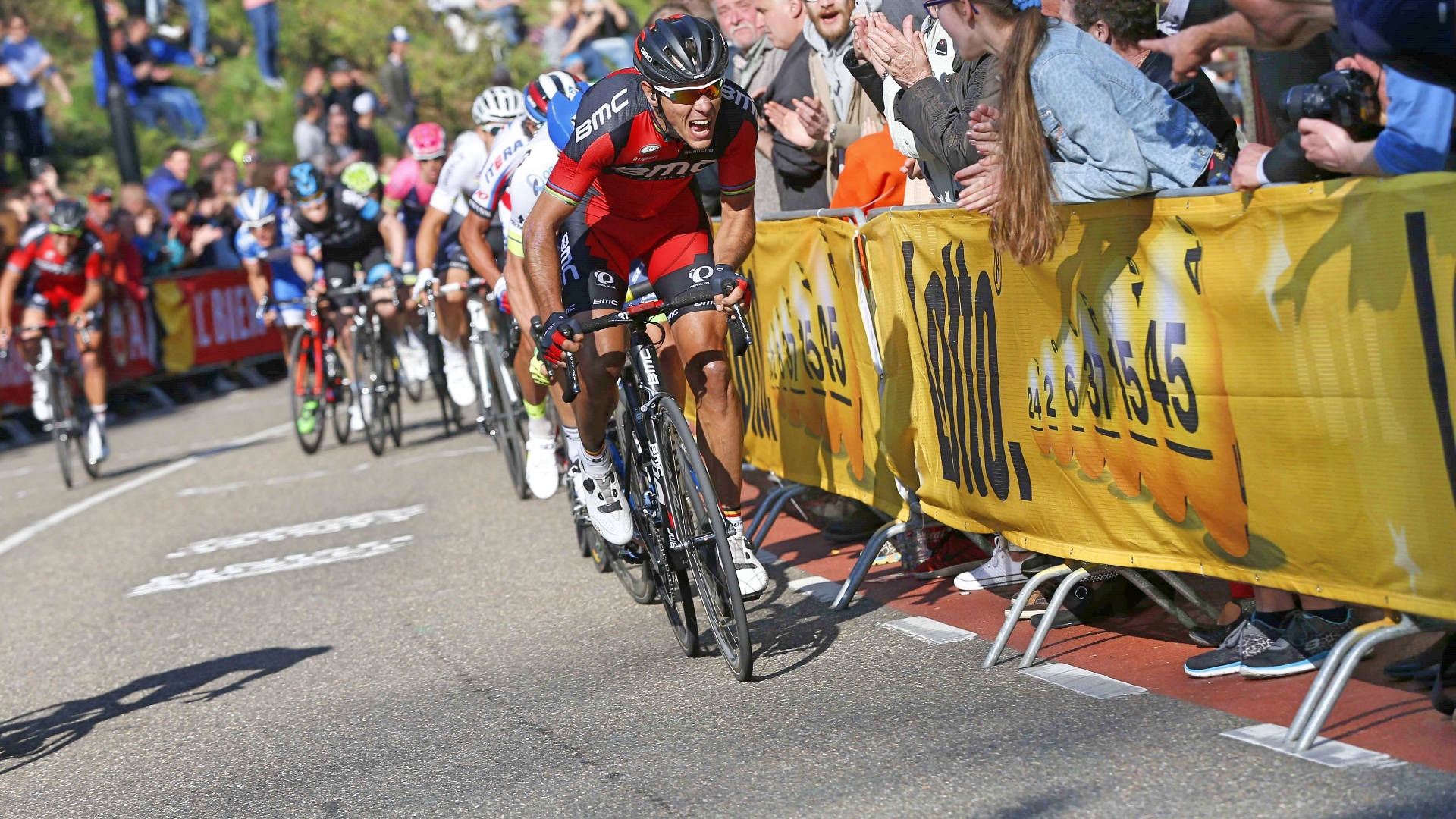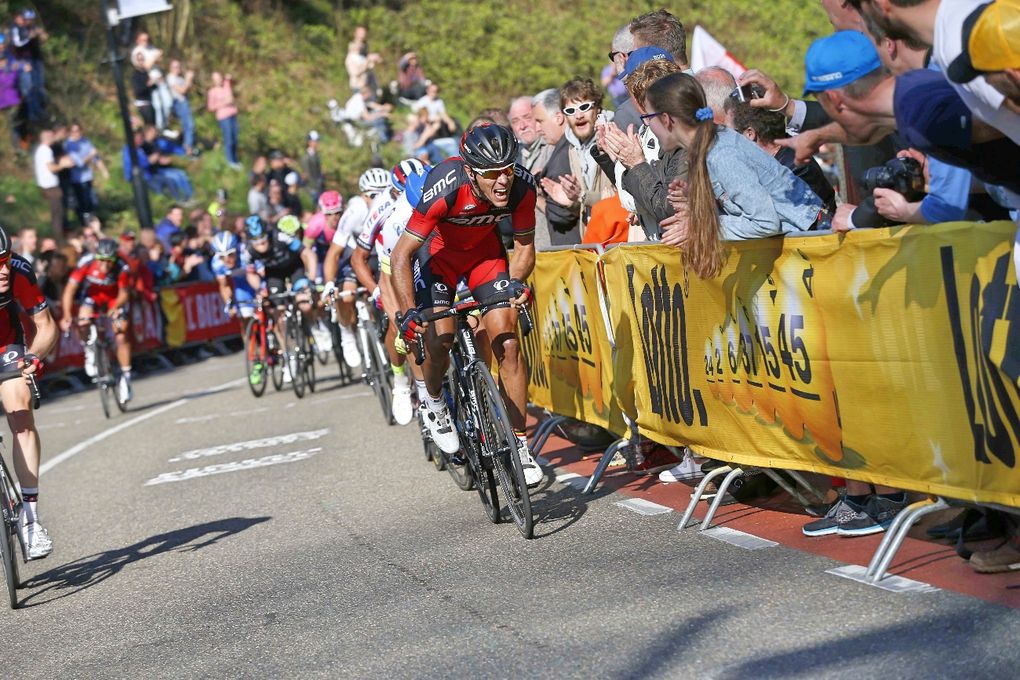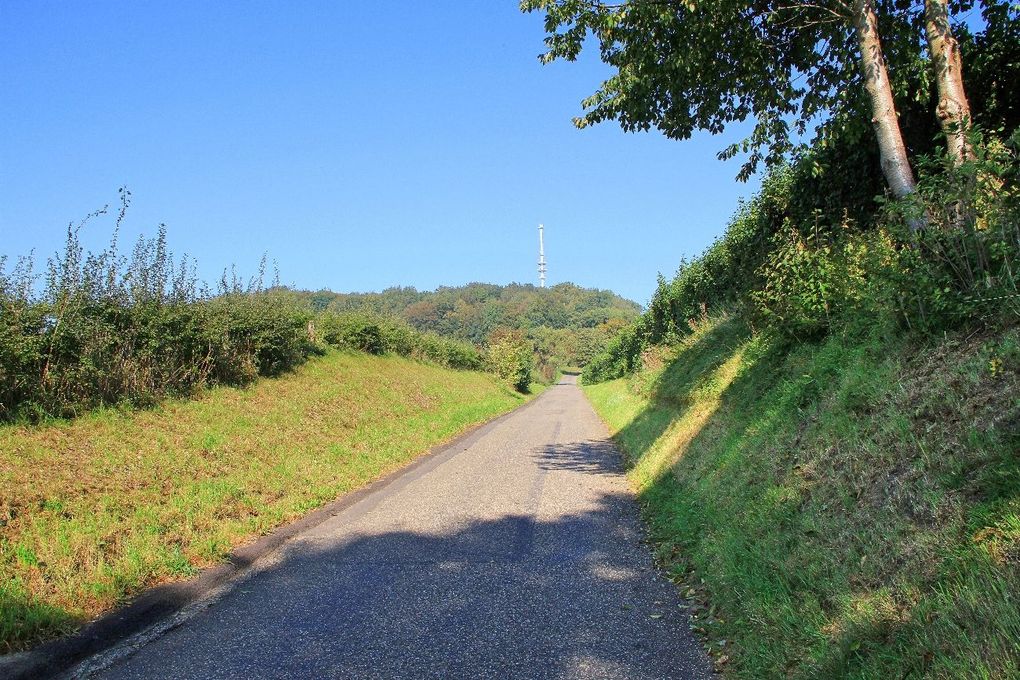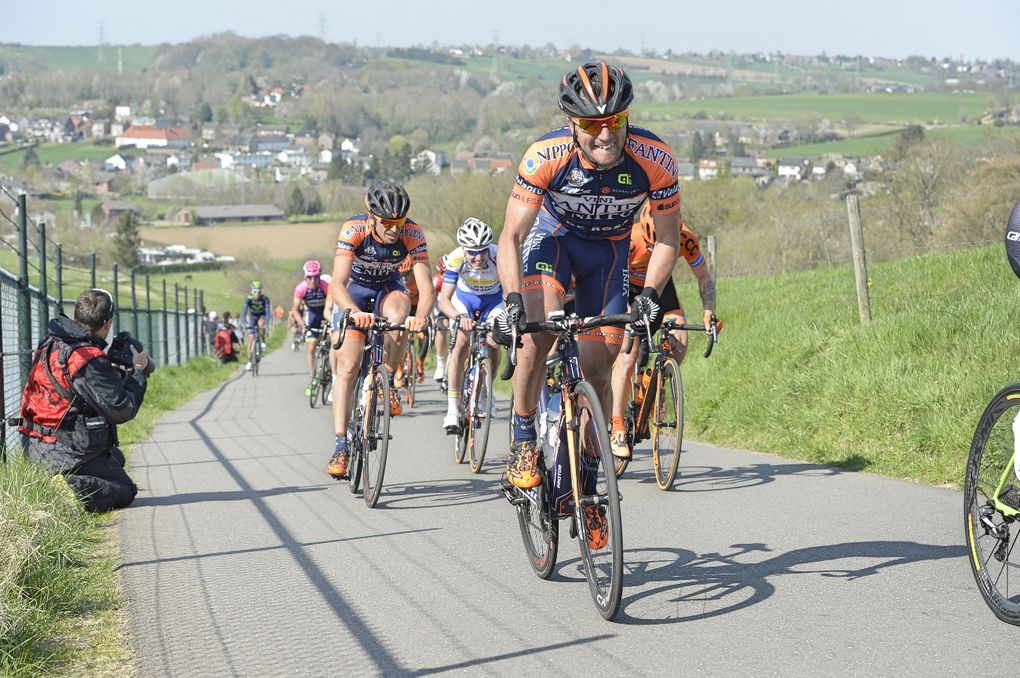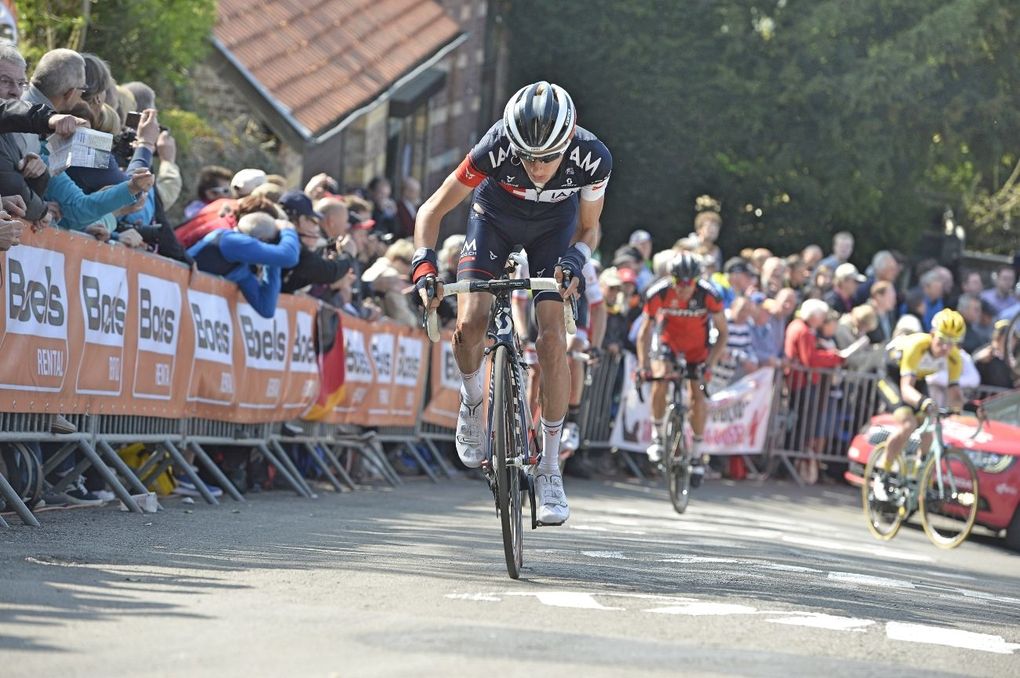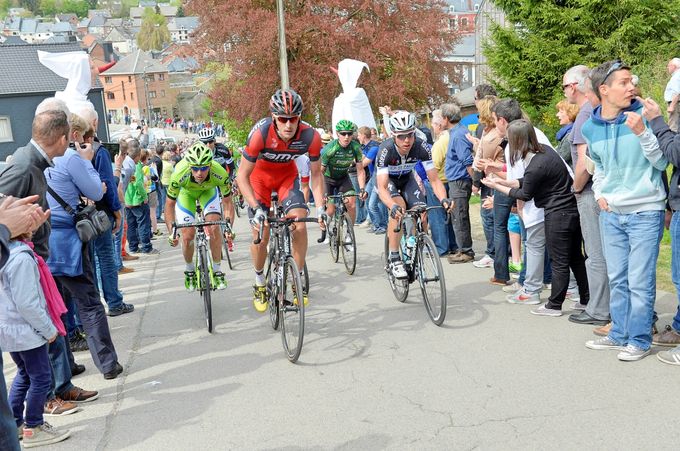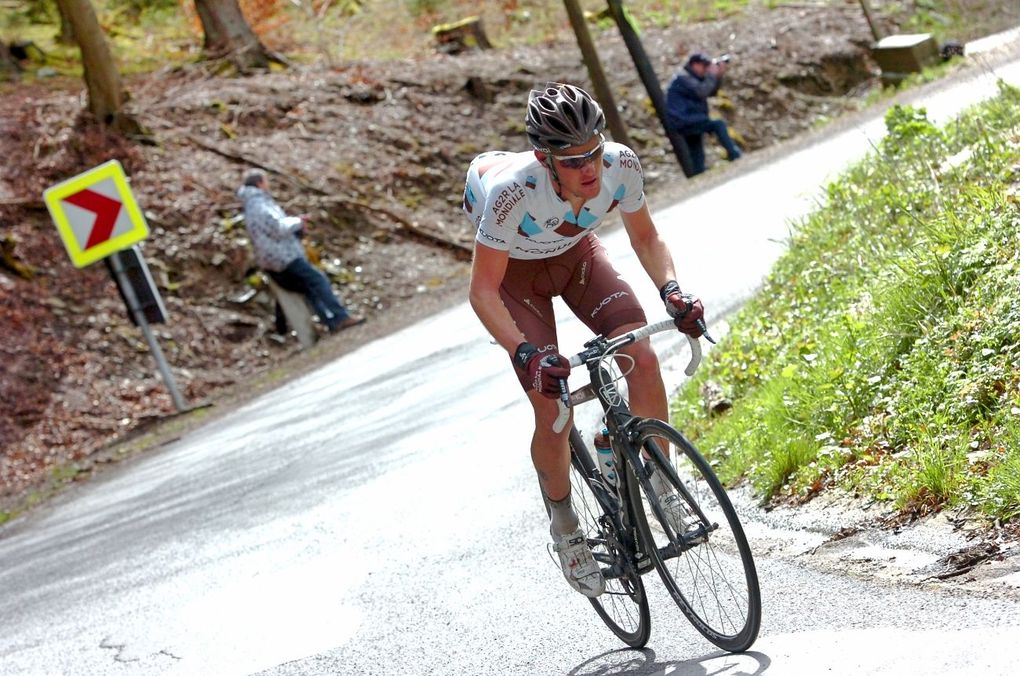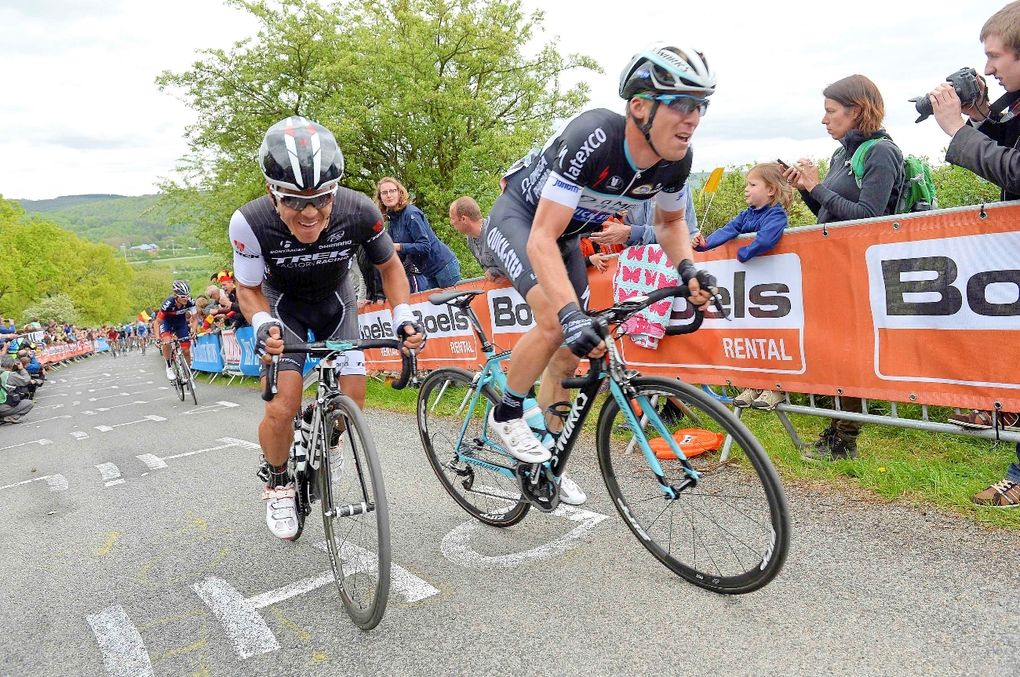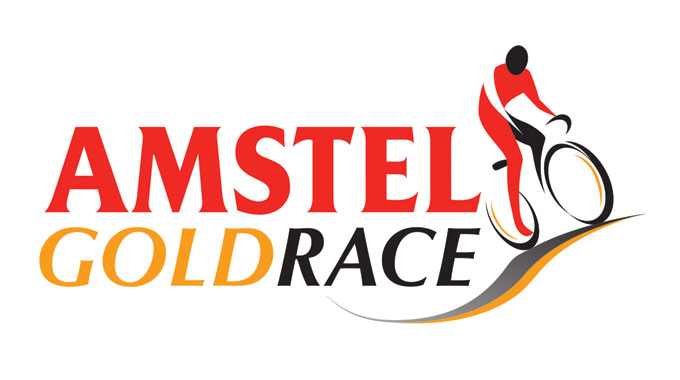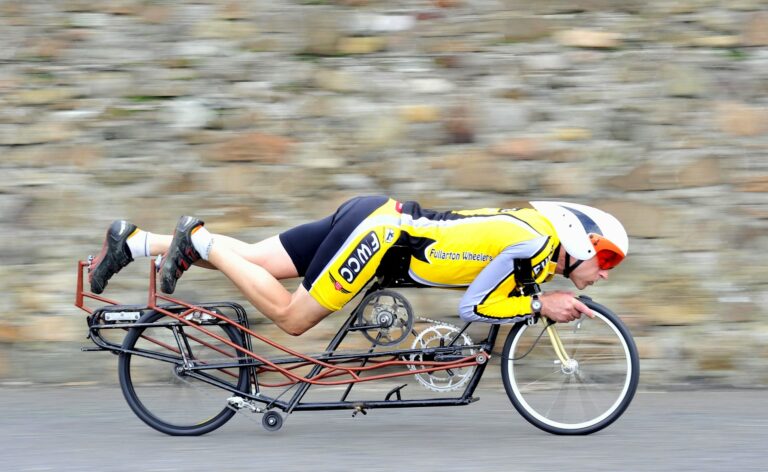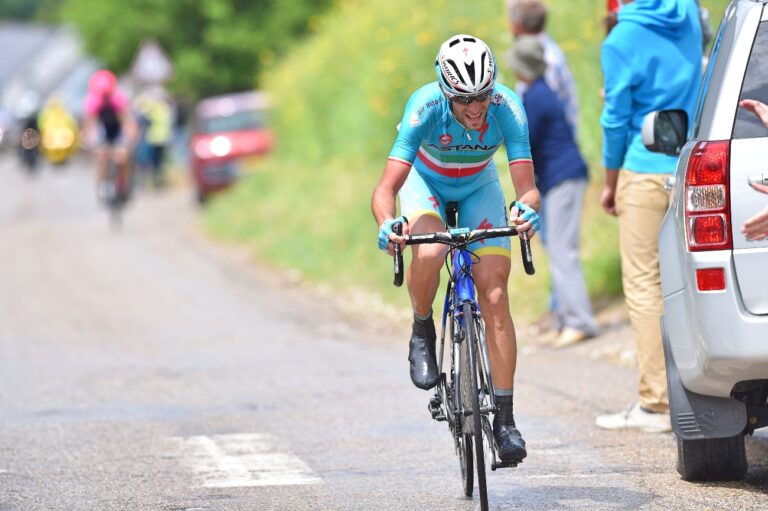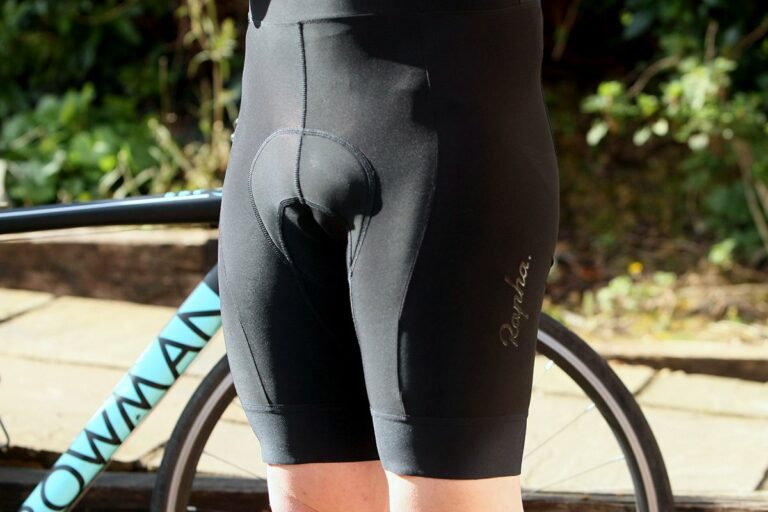While the cobbles may be over and done with, the Classics continue apace with the pavé of northern France and Flanders replaced by the hills of the Ardennes.
The Amstel Gold Race (April 17) and La Fleche Wallonne (April 20) set the tempo in a trio of races which make up Ardennes week, before the season’s fourth Monument – Liege-Bastogne-Liege (April 24) – applies the icing on the cake.
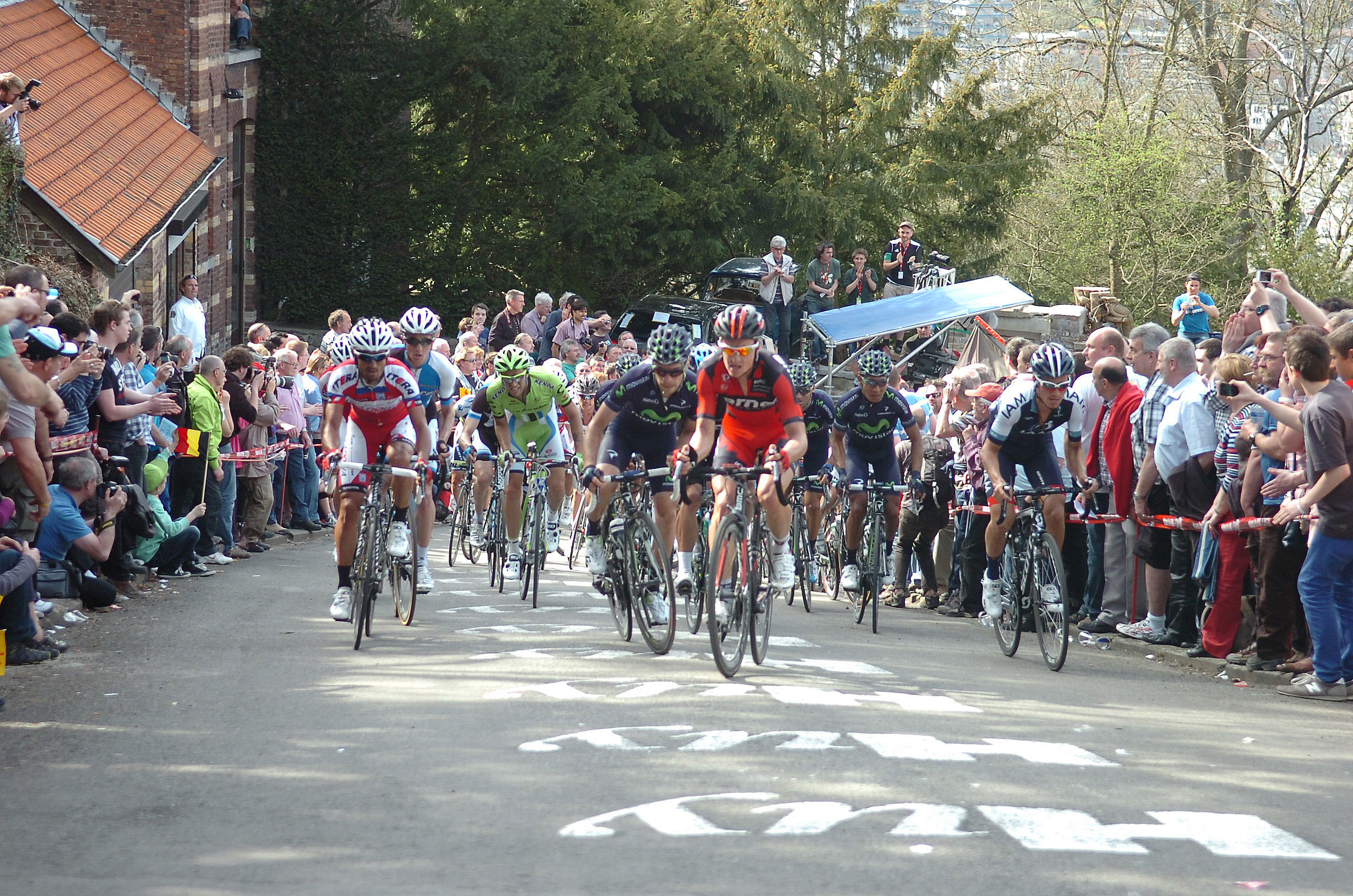
And while the hills of the Ardennes lack the length of the mountain climbs awaiting at the Grand Tours, thigh-numbing, double-digit gradients – and the sheer number of them packed into every race – mean the Ardennes Classics serve up their own unique challenge.
First up, the Amstel Gold Race includes no less than 34 climbs in all, before La Fleche Wallonne’s iconic Mur de Huy finale, and the non-stop shark-teeth profile of Liege-Bastogne-Liege. Away from racing, the Ardennes region is a beautiful place to ride a bike, with lush forest, rolling hills and beautiful rivers.
Whether you want to know where the action will unfold over the next week, or you’re inspired to plan a trip of your own, here are eight of the Ardennes Classics’ toughest climbs.

